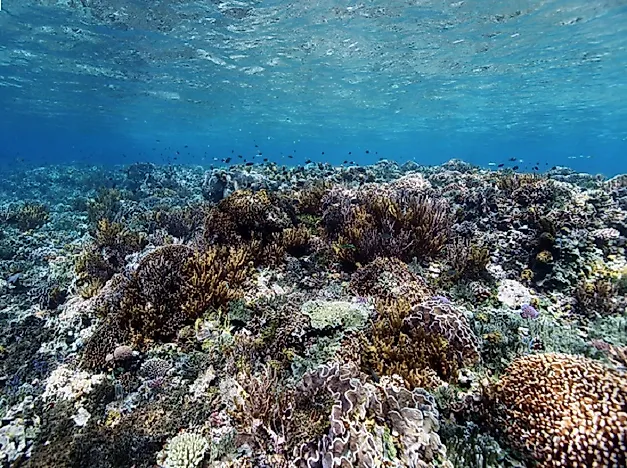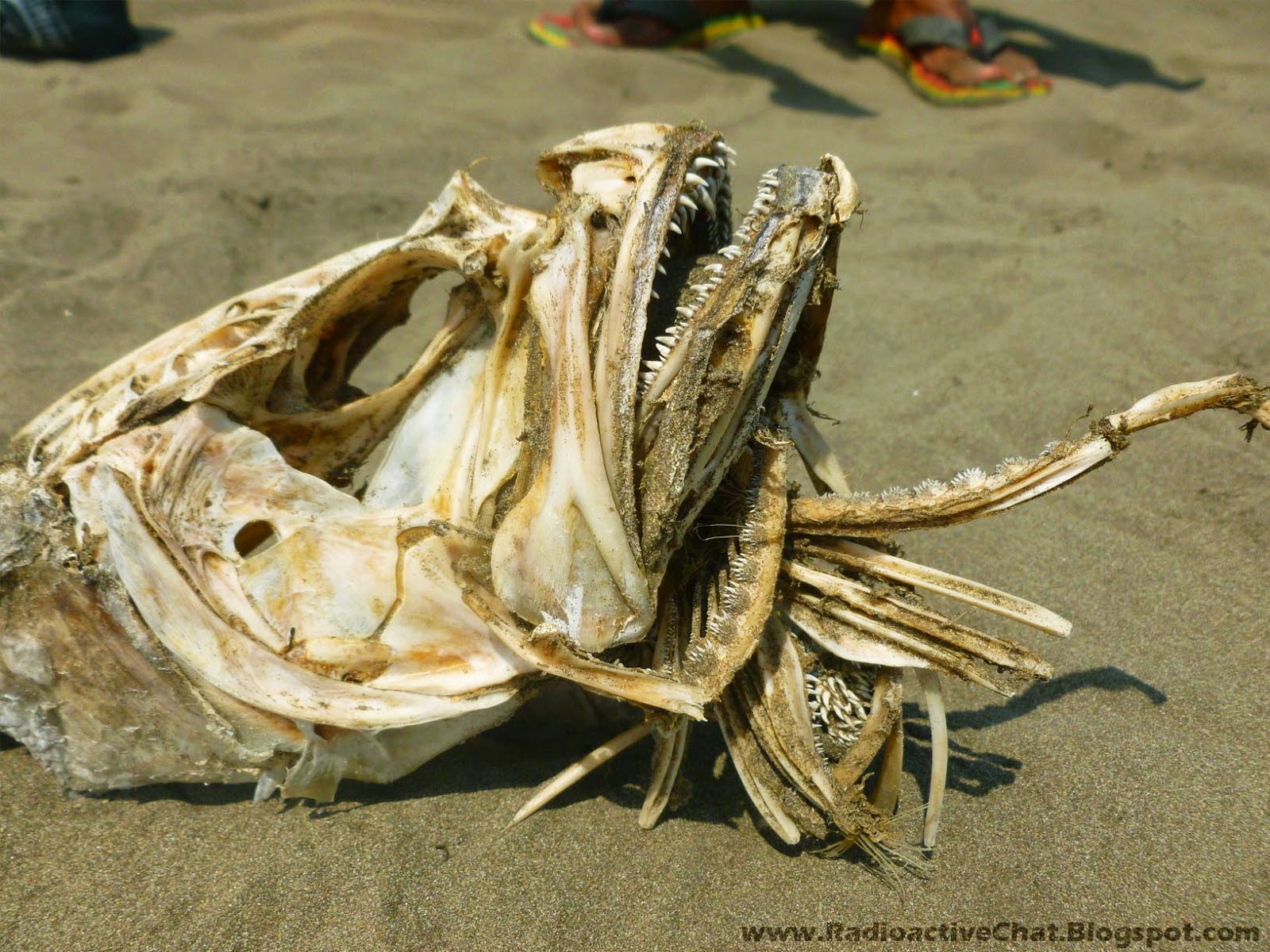
The removal of few strong links along the gradient of investigation (i.e. The study next used species abundances to depict food chain interaction strengths, and multivariate measures of heterogeneity to depict food chain diversity. Human populations, as low as 40 individuals, had opposing linked interactions. Path analyses supported the conjecture that apex predator biomass enhanced the abundance of large-bodied herbivores, with ensuing benefits to calcifying benthic substrates and coral diversity. These trends provided evidence for prey release of small acanthurids, but also indicated a reduction in grazing function given that power-law relationships govern fish size and physiology. Less intuitively, we report a doubling in the density and biomass of small-bodied acanthurids with significant human presence, whereas large-bodied parrotfishes were halved.

The biomass of sharks, large-bodied piscivores, and secondary invertebrate consumers was expectedly larger in the absence of major human populations. We suggest the highly diverse Rongelap Atoll to the east of Bikini may have contributed larval propagules to facilitate the partial resilience of coral biodiversity in the absence of additional anthropogenic threats.Ĭoral reef assemblages, trophic interactions, and food web stability were examined across a remote and densely populated atoll, in the Republic of the Marshall Islands (RMI). Twelve species are recorded from Bikini for the first time. Of these losses, 16 species are obligate lagoonal specialists and 12 have wider habitat compatibility. Fourteen of these losses may be pseudo-losses due to inconsistent taxonomy between the two studies or insufficient sampling in the second study, however 28 species appear to represent genuine losses. We found that 42 coral species may be locally extinct at Bikini.

A total of 183 scleractinian coral species was recorded, compared to 126 species recorded in the previous study (excluding synonomies, 148 including synonomies). Species composition in 2002 was assessed and compared to that seen prior to nuclear testing.
#Bikini atoll animals series#
Five decades after a series of nuclear tests began, we provide evidence that 70% of the Bikini Atoll zooxanthellate coral assemblage is resilient to large-scale anthropogenic disturbance.


 0 kommentar(er)
0 kommentar(er)
